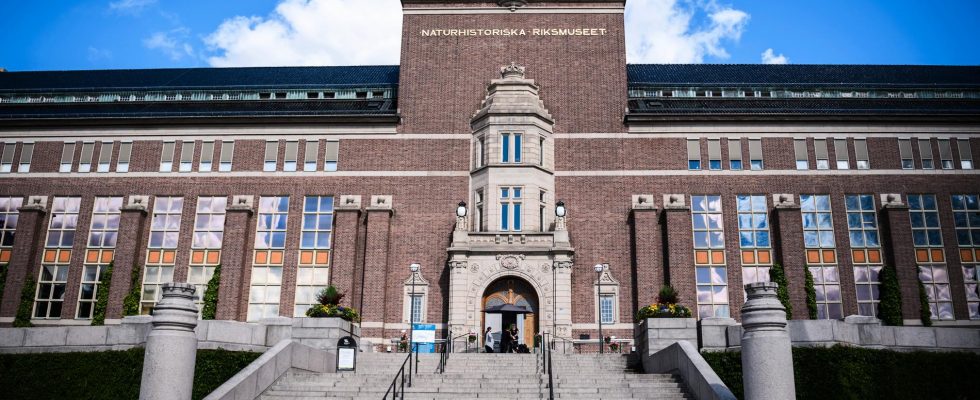unsaveSave
expand-left
full screen The National Museum of Natural History has one of the world’s oldest collections of specimens from wild animals. Archive image. Photo: Erik Simander/TT
The freezers at the National Museum of Natural History are soon full. Now one of the world’s oldest collections of samples from wild animals is at risk of being lost, writes SvD.
In the Environmental Sample Bank there are around 460,000 samples, most of them from animals, which have been collected since the 1960s. New ones are added every year.
Anna Nilsson, head of department at the museum, estimates that the spaces will be full in two years.
The environmental sample bank was, among other things, of great importance when the sea eagles were dying out in the 1970s and 80s. With the help of analyzes of eggs and feathers that were saved, it was possible to see that the environmental toxins PCB and DDT had increased.
Since no one knows what environmental toxins you want to look for in 10, 20 years, it is important that the samples remain, explains Anna Nilsson.
During the Christmas holiday, both the zoological department in Lund and the Karolinska Institute in Stockholm lost important samples when freezers stopped working.
– It just can’t happen with the Environmental Test Bank, says Anna Nilsson.
